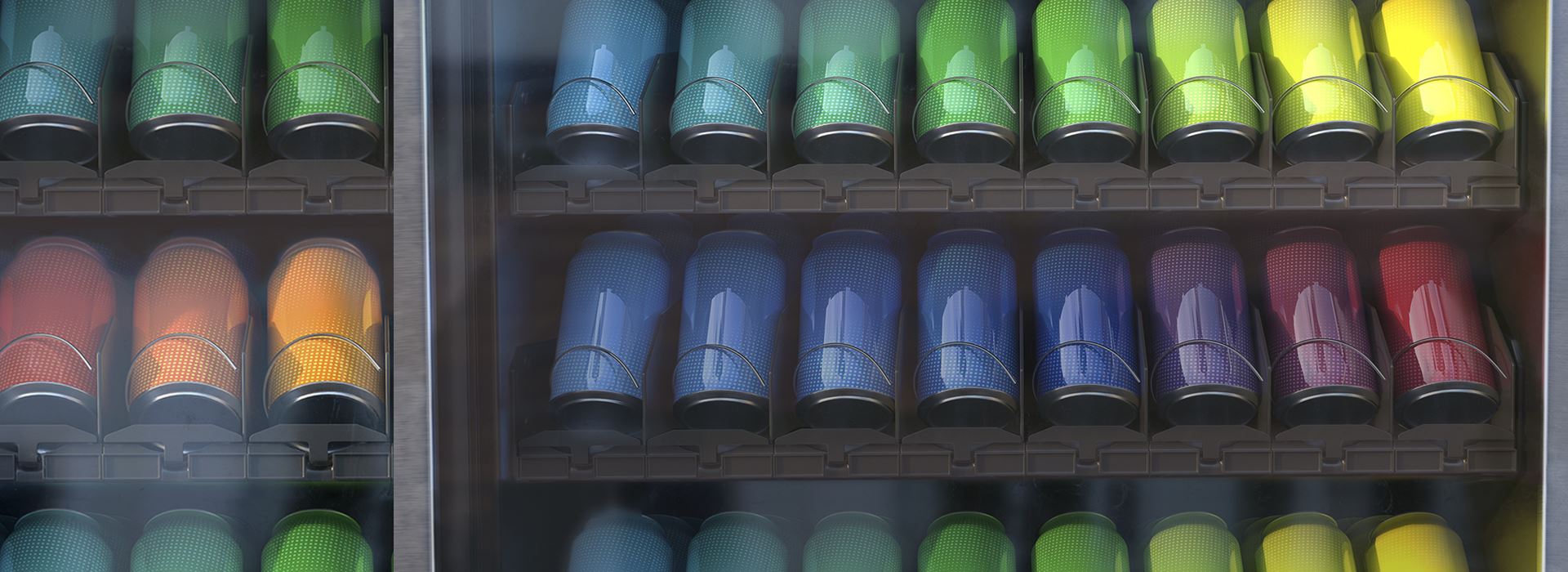
©2025 This excerpt taken from the article of the same name which appeared in ASHRAE Journal, vol. 67, No. 4, April 2025.
Safety Technology Barriers to Adoption of Ultralow GWP Refrigerants
By Douglas Reindl
Douglas Reindl, Ph.D., P.E., is a professor in the Department of Mechanical Engineering at the University of Wisconsin-Madison and director of the Industrial Refrigeration Consortium.
The current phasedown of hydrofluorocarbon (HFC) refrigerants is being driven because of their moderately high global warming potential (GWP). As a result, the HVAC&R industry is in the midst of another refrigerant transition. The current refrigerant transition means a majority of the HVAC&R industry will be using “fourth-generation” refrigerants as illustrated in Figure 1; however, a segment of the industry is already looking past the fourth generation of refrigerants and aggressively pursuing the “next generation” of refrigerants characterized by ultralow GWP. This article will provide some background on previous transitions and discuss ultralow GWP refrigerants, including safety technology barriers to their adoption.
The U.S. American Innovation and Manufacturing (AIM) Act, enacted in 2020, authorized the U.S. Environmental Protection Agency (EPA) to phase down the production and consumption of HFC refrigerants, manage HFC substitutes and facilitate the transition to other lower GWP fluids through sector-based restrictions. The HFC phasedown schedule, as reported by EPA and shown in Figure 2, aligned the U.S. to the Kigali Amendments of the Montreal Protocol. The 100% baseline was established by the average production and consumption of HFCs during the period from 2011 – 2013 with a weighted adjustment that considered the GWP of HCFCs and chlorofluorocarbons (CFC) during 1989. A 30% reduction step occurred in 2024 and another 30% reduction will occur in 2029 before the final step to 15% of the initial baseline in 2036.
Read the Full Article
ASHRAE Members have free access to the full-text PDF of this article as well as the complete ASHRAE Journal archives back to 1997 in the Free Member Access Area.
Non-members can purchase features from the ASHRAE Bookstore. Or, Join ASHRAE!
Return to Featured Article Excerpts
Return to ASHRAE Journal Featured Article Excerpts